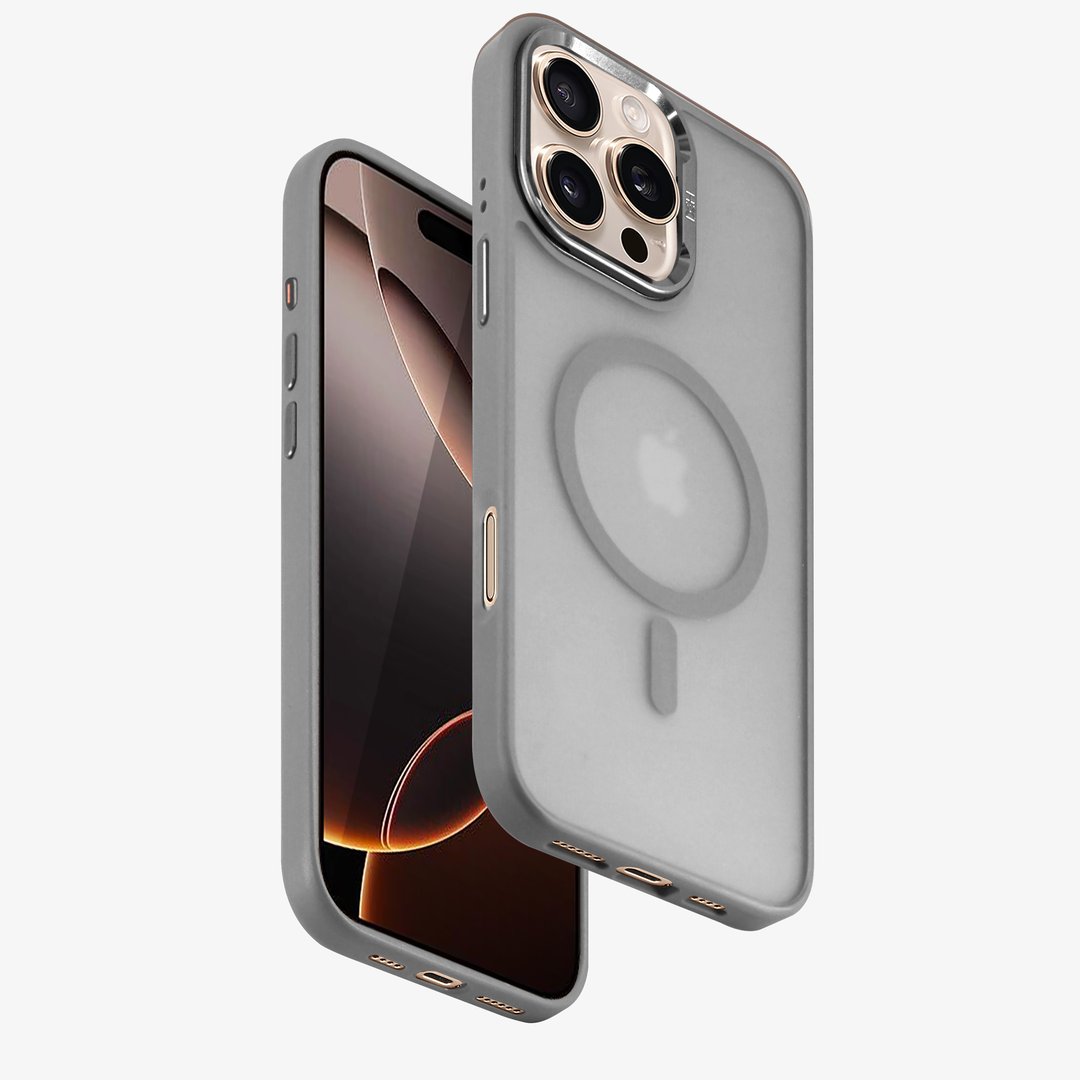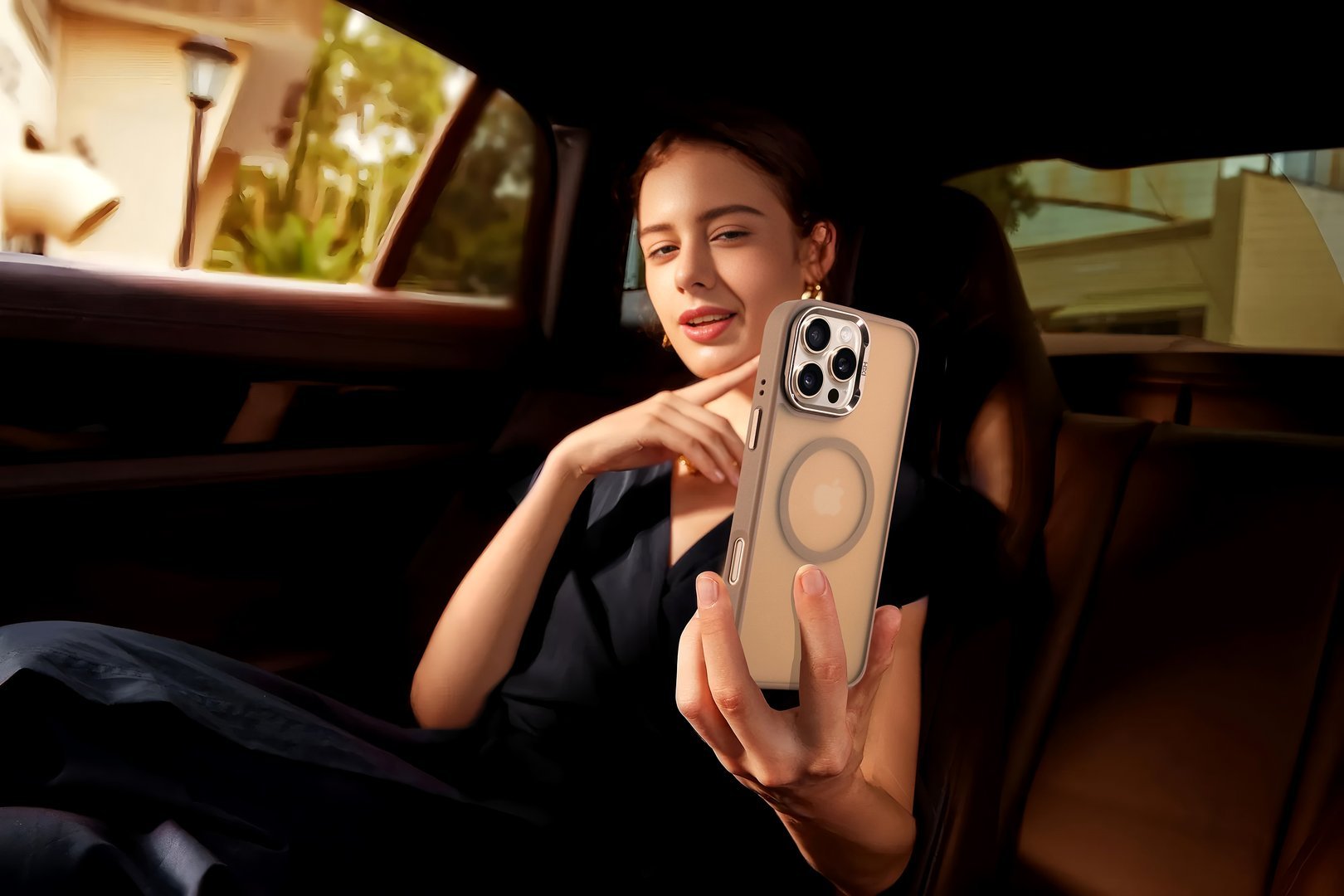Phone cases have evolved from a simple protective accessory to a fashion statement and an expression of personal style. In today's market, a well-designed phone case not only keeps your device safe but also helps you stand out from the crowd.
1. Design Trends: From Minimalist to Bold
Phone case design trends are constantly changing, but a few core directions consistently capture consumers' attention:
Minimalism: Clean lines, pure colors, and transparent designs remain popular. These cases emphasize the phone's original aesthetics, offering protection without adding visual bulk. Matte, frosted, or semi-transparent materials are common choices for this style.
Bold Patterns and Illustrations: For users who want to show off their personality, cases with unique illustrations, artistic patterns, or pop culture elements are a top choice. From abstract geometric designs to vintage florals and cute cartoon characters, these designs can make a phone an instant focal point.
Functional Design: Design is no longer just about aesthetics. Cases that integrate card slots, kickstands, or even detachable lenses are becoming increasingly popular. These designs seamlessly blend convenience with style, offering users more value.
Eco-friendly & Sustainability: With growing environmental awareness, cases made from biodegradable materials, recycled plastics, or natural materials like bamboo and cork are becoming the preferred choice for eco-conscious consumers.
2. Material Choices: Affecting Feel and Protection
The material of a phone case directly influences its feel, protective capabilities, and durability.
Silicone and TPU (Thermoplastic Polyurethane): These are two of the most common materials. They are soft and flexible, providing excellent shock absorption and a comfortable grip.
PC (Polycarbonate): PC material is rigid and highly impact-resistant, often used to create thin, transparent hard-shell cases.
Leather and Wood: These natural materials give a phone case a unique texture and a premium feel, but they are often more expensive and may offer less protection than silicone or TPU.
Hybrid Materials: Many high-end cases combine multiple materials, for example, pairing a hard PC back panel with a soft TPU frame, to achieve the best balance of protection and feel.
3. How to Design a Successful Phone Case
A successful phone case design must consider several factors simultaneously:
Understand Your Target Audience: Are you targeting fashion-forward young people or practical business professionals? Different audiences have different preferences.
Focus on Details and Craftsmanship: The quality of the print, the precision of the cutouts, and the feel of the buttons are all details that determine the overall quality of the product.
Balance Aesthetics and Function: A design must not only look good but also effectively protect the phone without hindering its normal use (e.g., wireless charging, signal).
Innovation and Differentiation: In a competitive market, a unique design concept or an innovative feature is key to standing out.
Finally, a phone case is no longer just an accessory; it's an extension of your personal taste and lifestyle. Whether you choose a minimalist transparent case or an artistic piece with a bold pattern, a phone case gives you a small stage to showcase who you are.


1.jpg)